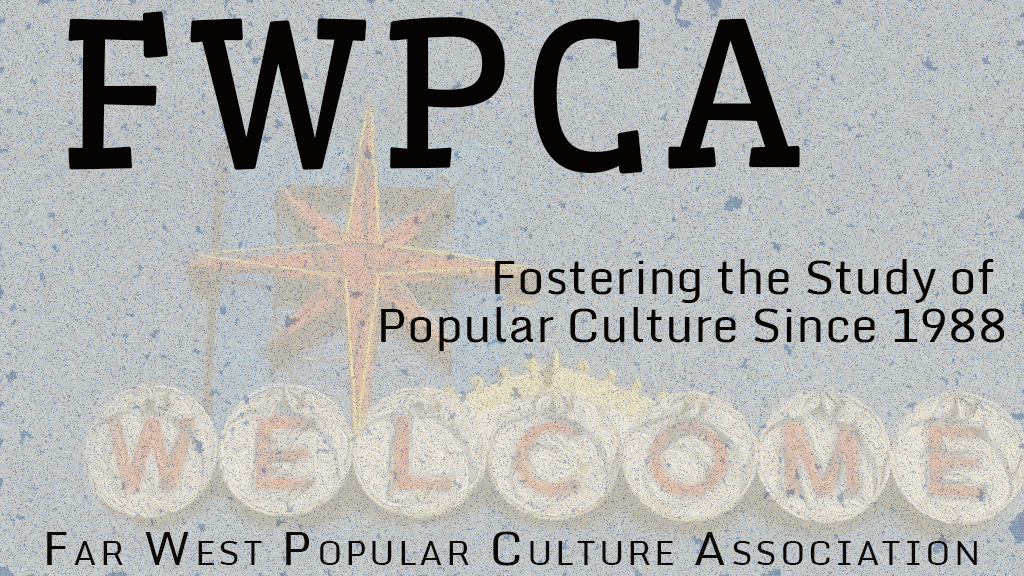Presentation Type
Paper
Abstract
The book of Revelation makes the living and life-giving reality of Scripture known to audiences via the vision articulated by John. He conveys this divine reality through words – both read and heard – which call for more than the passive reception of a static text. Rather, Revelation is also participatory; its words are meant to be read, heard and kept in the life of faith. How can one articulate this dynamic interactivity with accessible terms that render divine reality as recognizable in everyday life and highly-qualified language which makes it clear that divine reality is never comprehended in its entirety? One answer emerges by following previous attempts to frame Revelation as a sacred picture, theater, and cinema.
This paper explicates how gameplay as “Mario” in the three-dimensional (3D) polygonal open world of the video game Super Mario 64 helps to articulate how the Holy Spirit enables audiences to “jump into” the text of Revelation through the presence and perspective of John, who partakes in the worship of God and salvation through Jesus Christ. This thesis unfolds in seven sections: 1) introductory key terms, 2) a brief look at similar approaches and 3) phenomenological and exegetical foundations for Revelation’s interactivity, 4) a description of Super Mario 64, 5) viewing Revelation as a video game, 6) an anticipation of further research areas, and 7) concluding thoughts. This idea of a video game made of sacred words encourages both believing and religiously-uncommitted players to keep the text alive in their thought-life.
Keywords
Revelation, Super Mario 64, Bible, retrogaming, religion, Nintendo
Super Apocalypto 64: Inhabiting Revelation as a Video Game Made of Sacred Words
The book of Revelation makes the living and life-giving reality of Scripture known to audiences via the vision articulated by John. He conveys this divine reality through words – both read and heard – which call for more than the passive reception of a static text. Rather, Revelation is also participatory; its words are meant to be read, heard and kept in the life of faith. How can one articulate this dynamic interactivity with accessible terms that render divine reality as recognizable in everyday life and highly-qualified language which makes it clear that divine reality is never comprehended in its entirety? One answer emerges by following previous attempts to frame Revelation as a sacred picture, theater, and cinema.
This paper explicates how gameplay as “Mario” in the three-dimensional (3D) polygonal open world of the video game Super Mario 64 helps to articulate how the Holy Spirit enables audiences to “jump into” the text of Revelation through the presence and perspective of John, who partakes in the worship of God and salvation through Jesus Christ. This thesis unfolds in seven sections: 1) introductory key terms, 2) a brief look at similar approaches and 3) phenomenological and exegetical foundations for Revelation’s interactivity, 4) a description of Super Mario 64, 5) viewing Revelation as a video game, 6) an anticipation of further research areas, and 7) concluding thoughts. This idea of a video game made of sacred words encourages both believing and religiously-uncommitted players to keep the text alive in their thought-life.

